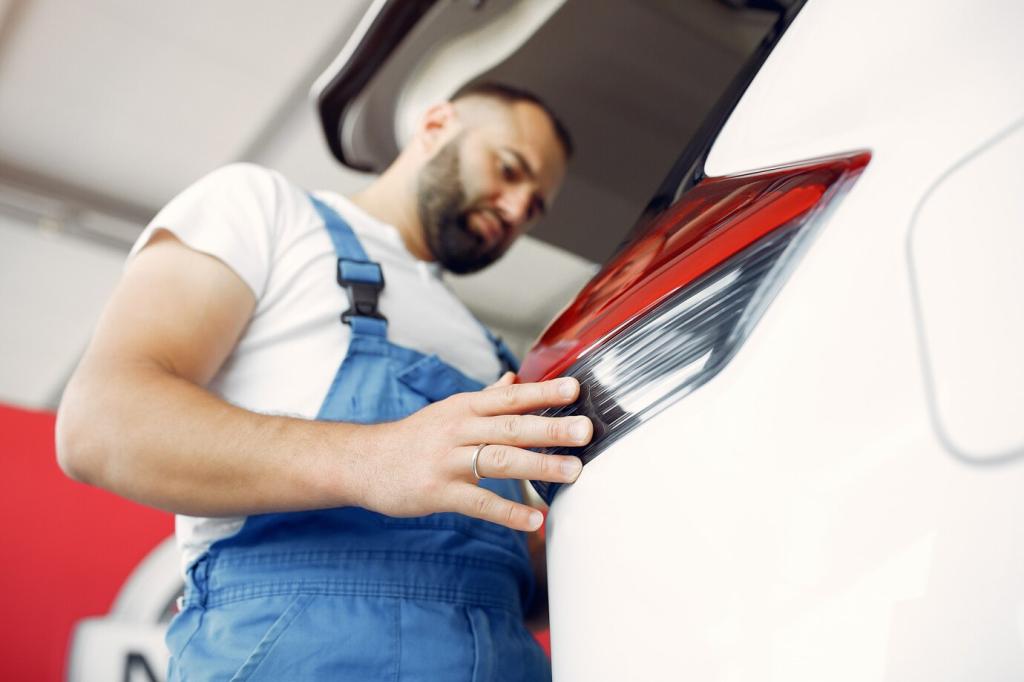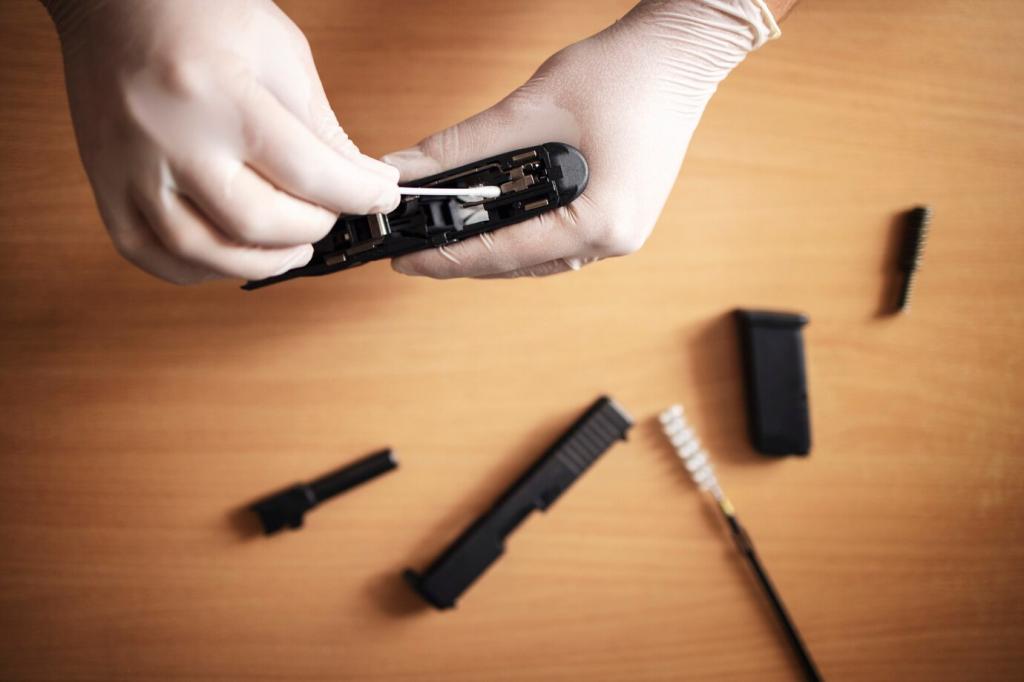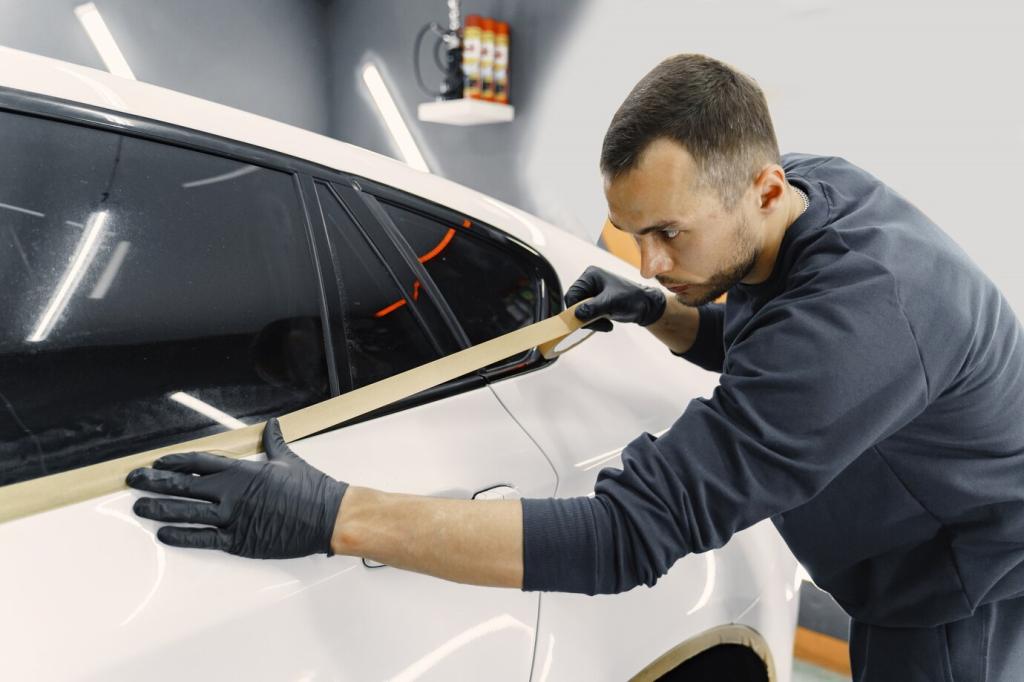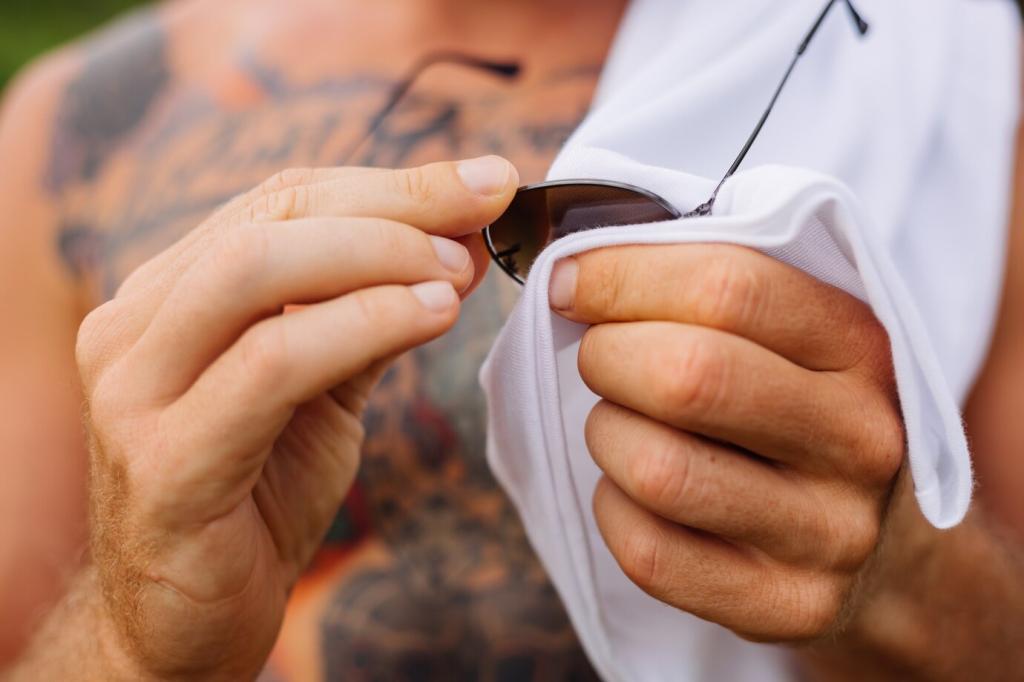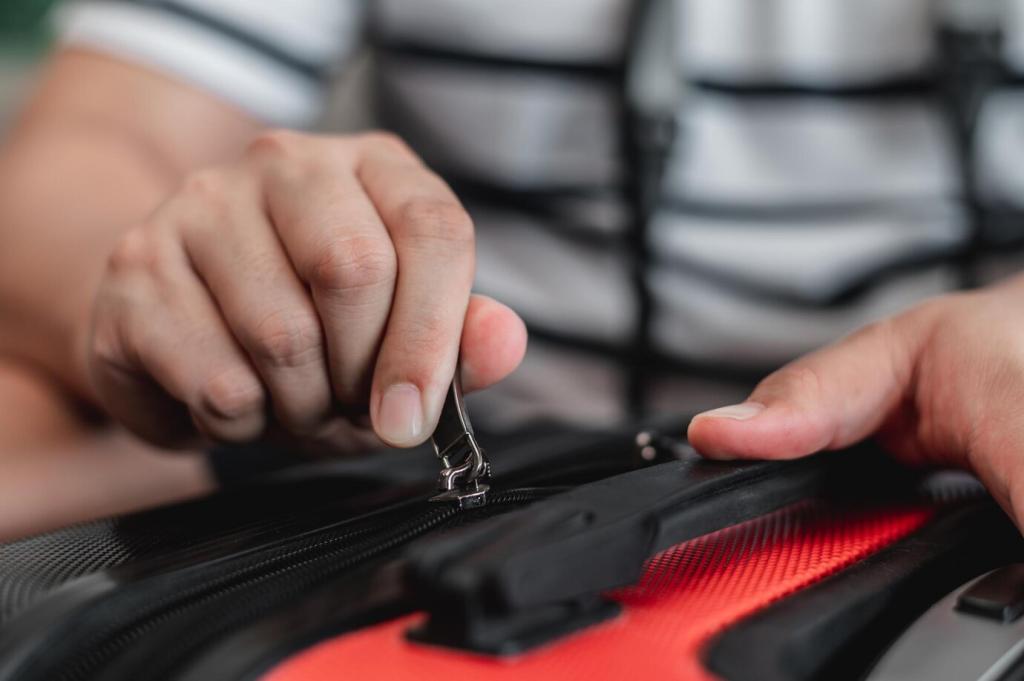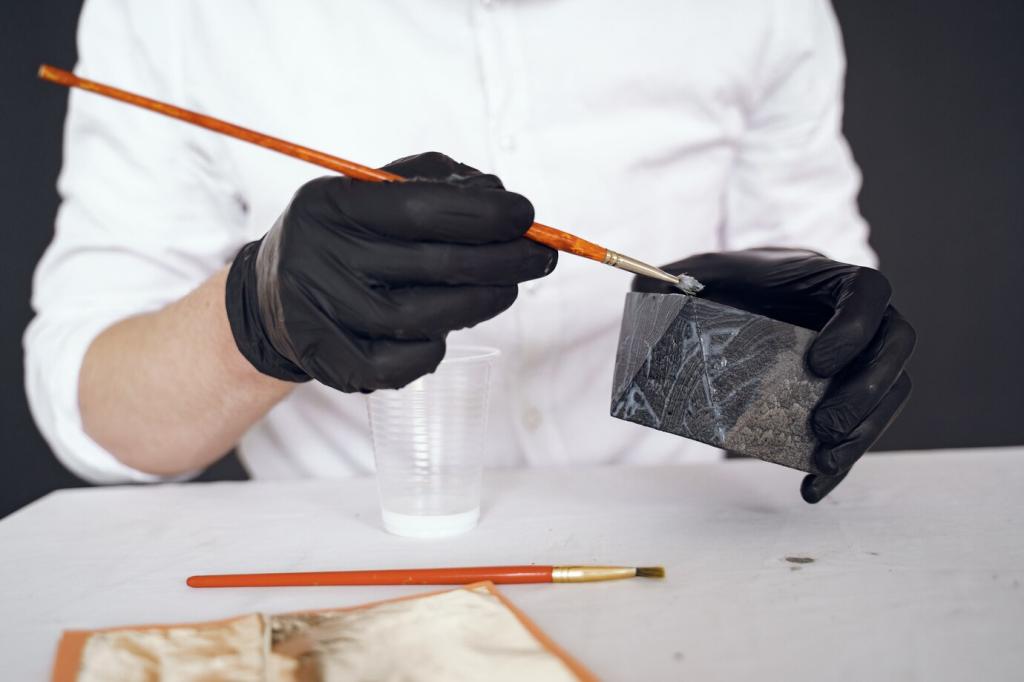Sustainability and Savings
Using pantry ingredients reduces packaging waste, mystery solvents, and unnecessary shopping trips. The Vinegar and Olive Oil Polish for Scratches keeps maintenance close at hand, nudging us toward mindful care rather than constant replacement.
Sustainability and Savings
Per ounce, this blend costs pennies, especially if you already stock both ingredients. Save your budget for clamps, sandpaper, or future projects, and subscribe for periodic, thrifty home-care tips that respect older, characterful wood.

